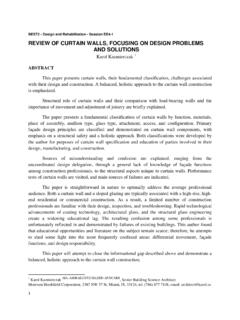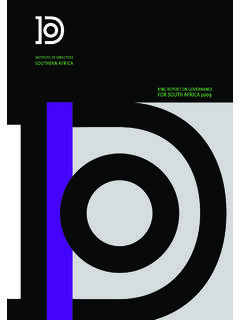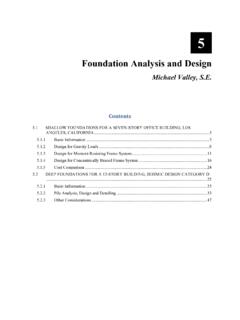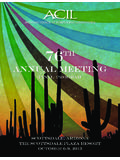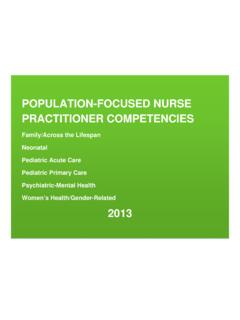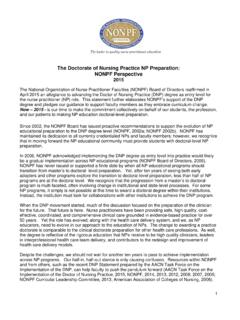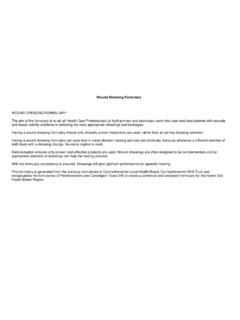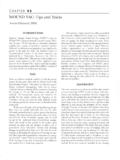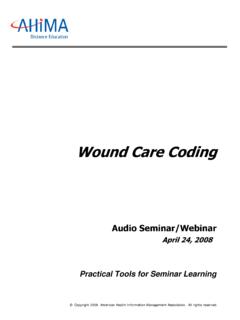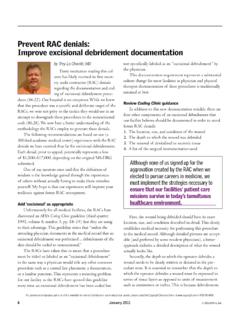Transcription of Photography in Wound Documentation: Fact Sheet
1 WOCN National Office 15000 Commerce Parkway, Suite C Mount Laurel, NJ 08054 1 Photography in Wound documentation : Fact Sheet Originated By: WOCN Wound Committee Date Completed: January 2, 2012 Background: Photography is a commonly used means of communication among health care providers to monitor Wound healing (or failure to heal). The WOCN Society neither mandates nor discourages Photography but seeks to encourage the development of standard policies and guidelines to assist the practitioner when Photography is used and describe how protected health information (PHI) is secured. Photography , when used in Wound care, is an adjunct to assessment documentation and serves only to support the written Wound documentation . When Photography is used, the facility should have specific policies in place that include the following: Provision to obtain informed consent: o The Joint Commission (2008) has published standards that affect the use of Photography and strongly advises that organizations obtain an informed consent prior to photographing, filming, or videotaping patients.
2 Although informed consent cannot be obtained in certain situations, it is also recommended that photographs or video footage taken without informed consent be sequestered or not finalized as part of the documentation until appropriate consent is obtained (The Joint Commission, 2008). o The American Health Information Management Association (AIHMA, 2010) suggests that, for facilities where patient Photography is routinely used, the consent for photographs should be included in the consent for treatment. o HIPAA guidelines mandate the protection of patient privacy, requiring that patients are adequately informed of the use of Photography and that the method used to ensure privacy is protected. HIPAA requires patient authorization for use of photographs taken if used for purposes beyond treatment, payment, or health care operations (Hjort & Brandt, 2001). WOCN National Office 15000 Commerce Parkway, Suite C Mount Laurel, NJ 08054 2 Control timing of photographs.
3 O Examples: When, or under what circumstances photographs are to be taken. At what intervals photographs should be repeated. Note: your institution can establish written guidelines stating that photographs will only be taken on complex cases based on clinical judgment. Criteria for validating competency. o Examples: Who can take the photographs. Method of how to photograph wounds. Frequency of revalidation of competence. Camera equipment/techniques. Specify type of camera being used, and control any techniques used to ensure consistency in photographing and security of PHI. o Examples: Same vantage point when possible. Distance from the Wound . Sample measure in the frame such as a measuring guide. With digital Photography , consider image size and any methods to ensure photographs are not enhanced or altered. Guidelines on the use of cell phones as imaging device (AIHMA, 2010). o Examples: Policies should clearly establish if employees can or cannot take unauthorized photographs of patients or any PHI.
4 Confidential, accurate patient identification. o Examples: Determine type of information to include such as initials, medical record number, date, and time markings. Information on maintaining photographs safely and effectively. o Examples: Where photographs will be stored. Who will have access to the photographs. How photographs will be copied from the camera, integrated into the medical record and removed from the camera. An effective method of releasing copies to patients upon request. o Example: Authorization form. In addition, it should be understood that states differ regarding their stance on the admissibility of photographs in court cases. Therefore, practitioners should investigate this issue within their state of practice for specific details of liability. WOCN National Office 15000 Commerce Parkway, Suite C Mount Laurel, NJ 08054 3 References: American Health Information Management Association (AHIMA).
5 (2010). Sample consent for clinical Photography , videotaping, audio taping, and other multimedia imaging of patients. Journal of AHIMA, 81, no. 4. Retrieved May 2012 from Hjort, B.,& Brandt, MD. (2001). Patient Photography , videotaping and other imaging. Journal of AHIMA, 72(6) 64M-Q. The Joint Commission. (2008). Rights and responsibilities of the individual. Patient rights and informed consent when videotaping or filming. Retrieved September 2010 from Search: Patient rights and informed consent when videotaping or filming. Suggested Readings: Bradshaw, L., Gergar, M., & Holko, G. (2011). Collaboration in Wound Photography competency development: A unique approach. Advances in Skin and Wound Care. 24(2), 85-92. Buckley, K. (2005). Get the picture! Developing a Wound Photography competency for home care nurses. Journal of Wound , Ostomy and Continence Nurses Society , 32(3S) Supplement 2. 171-176. Calianno, C.
6 , & Martin-Boyan, A. (2006). When is it appropriate to photograph a patient s Wound ? Advances in Skin and Wound Care 19(6) 304-306. Demarest, L., & Acoraci, L. R. (2004). Choosing and using a digital camera in home care. Home Healthcare Nurse, 22(1), 61-63. Health Information Privacy. Retrieved May 2012 from HITECH Act Enforcement Interim Final Rule. Retrieved May 2012 from Rennert, R., Golinko, M., Kaplan, D., Flattau, A., & Brem, H. (2009). Standardization of Wound Photography using the Wound electronic medical record. Advances in Skin and Wound Care 22(1) 32-38. Wiedemann, L. (2010). Using clinical photos in EHR's. Journal of AHIMA, 81, , 44-45. Date Approved by the WOCN Society s Board of Directors: May 15, 2012
